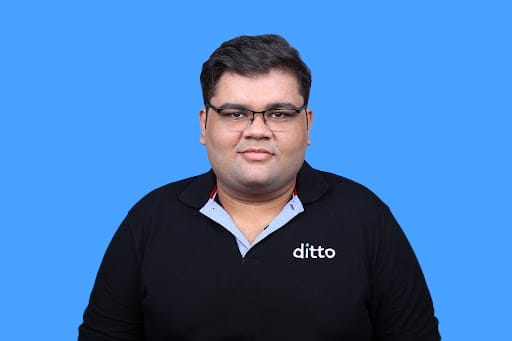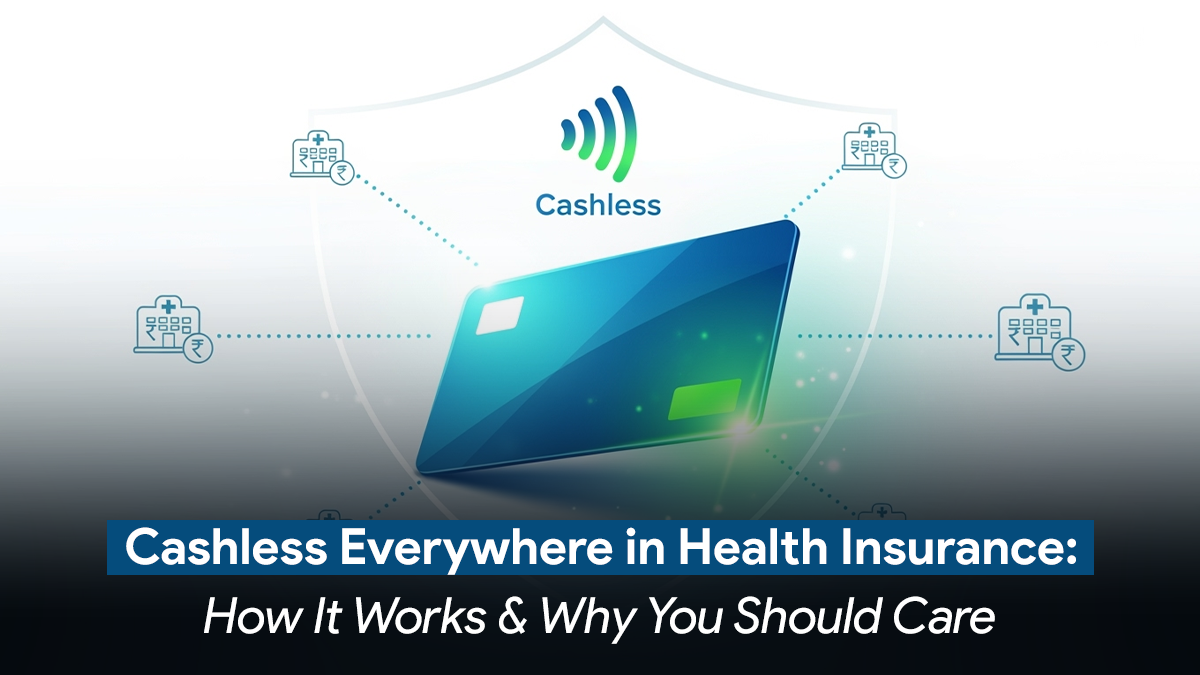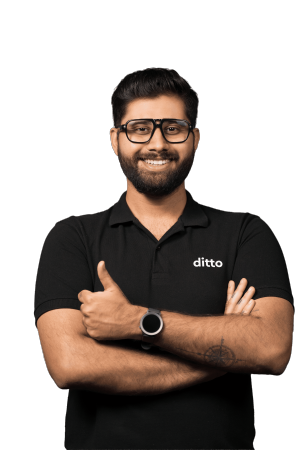| What is Cashless Everywhere? Cashless Everywhere means you can get cashless treatment not just at your insurer’s network hospitals, but also at non-network ones. Your insurer will directly settle the bill with the hospital so you don’t have to pay upfront and then file for reimbursement. This feature is offered as per IRDAI’s Cashless Everywhere guidelines, which make the process uniform across insurers. |
Cashless Everywhere in Health Insurance – Introduction
Paying even a single rupee at the hospital defeats the point of “cashless” health insurance, yet 6 out of 10 claims we track at Ditto still go through reimbursement. In January 2024, the General Insurance Council promised to fix that with its new “Cashless Everywhere” scheme—cashless treatment at any hospital, networked or not. We audited the guidelines, spoke with insurers, and reviewed 20 recent claims to see if it actually works. Read on to find out when it delivers, when it fails, and what you can do to avoid last-minute surprises.
How do cashless claims work today?
There are two ways to use your health insurance:
1. Cashless: You visit a network hospital (i.e. a hospital that has a tie-up with your insurer), get treated, and the insurer settles the bill directly with the hospital. You don’t pay anything out of pocket.
2. Reimbursement: You visit a hospital, pay the full bill upfront, and then file a claim to get reimbursed.
Naturally, most people prefer cashless. But it’s limited to only those hospitals your insurer has partnered with.
That’s where the Cashless Everywhere scheme comes in.
Choosing between paying upfront or going cashless isn't always black and white. Learn the pros, cons, and ideal scenarios for each in our detailed blog on Reimbursement vs Cashless Claims.
What is “Cashless Everywhere”?
Under the new “Cashless Everywhere” initiative, you can now get cashless claims even at non-network hospitals (provided they have at least 15 beds and are registered under the Clinical Establishment Act)
All you have to do is follow a few simple steps
- For planned treatments: Inform your insurer at least 48 hours before admission.
- For emergencies: Inform them within 48 hours after being admitted.
Once you notify the insurer, they’ll try to:
- Reach out to the hospital,
- Negotiate a one-time treatment package and the cost
- Approve your treatment on a cashless basis.
Can I get cashless treatment at any hospital in India?
Sort of. On paper, insurers must now approve cashless claims even at non-network hospitals. However, there’s a catch: IRDAI (the insurance regulator) has not issued any official circular mandating this scheme. While the General Insurance Council (GIC) – an industry body of non-life insurers, claims that Cashless Everywhere aligns with IRDAI’s broader vision, there are no specific IRDAI guidelines or public comments confirming this alignment.
More importantly, at Ditto, we are already seeing practical hurdles where hospitals are pushing back, and in many cases, customers are still being asked to pay upfront and opt for reimbursement instead.
Until there's formal regulatory backing or widespread hospital acceptance, Cashless Everywhere remains more of an industry-driven promise than a guaranteed reality.
The health insurance market can be a labyrinth. Instead of spending hours navigating through the hundreds of policies out there, why not book a free call with our expert IRDAI-certified advisors? We don’t spam or pressure you to buy. Just honest insurance advice.
Why “Cashless Everywhere” might not work in most hospitals
To understand why hospitals are pushing back, you need to know how cashless claims normally work behind the scenes.
When an insurance company ties up with a hospital, it negotiates a discounted treatment package. Say a total knee replacement usually costs ₹1.5 lakhs — the insurer might offer to send patients in exchange for settling it at ₹1 lakh.
If the hospital agrees, it joins the insurer’s network. If not, it stays out but retains full control over its pricing.
These rates aren’t uniform:
- Private insurers typically get a 10–15% discount
- Public sector insurers (like New India, Oriental, etc.) negotiate deeper 20–30% discounts through a joint platform called GIPSA
This model works because hospitals have a say in who gets a discount, usually based on how many patients that insurer can bring in.
However, under the new “Cashless Everywhere” system, insurers are expected to approve claims at the lowest prevailing rate. This means that even if a hospital never agreed to work with a private insurer, they’ll still be expected to honour the deep discounts previously reserved for public insurers, just to process a one-time cashless claim.
Naturally, this has sparked backlash. In an official advisory, the Indian Medical Association warned:
“The scheme has been launched without clarifying the hospital-insurer package agreement. Hospitals are expected to offer deep discounts without any long-term tie-up, which is financially unviable.”
To make matters worse, the IMA’s own analysis shows just how wide the pricing gap is between actual costs and insurer-approved rates:
| Procedure | Actual Cost | Insurer Package Rate |
|---|---|---|
| Total Knee Replacement | ₹1,52,158 | ₹93,000 |
| ICU Charges (per day) | ₹10,130 | ₹3,500 |
| Ventilator Charges (per day) | ₹6,000 | ₹2,500 |
(Source: IMA HBI Advisory, Feb 2024)
So, what should you do as a customer?
While Cashless Everywhere sounds like a game-changer, it’s still very early days and the reality on the ground is far less smooth.
At Ditto, we’ve already seen several cases where customers requested Cashless Everywhere and the hospital flat-out refused to process it. In most of these cases, the customer was forced to pay upfront and file for reimbursement later, defeating the entire point of the scheme.
That’s why, for now, it’s safest to stick with network hospitals i.e., those that are already listed on your insurer’s cashless hospital list. These hospitals have pre-negotiated rates with the insurer, and a working relationship is already in place. In short:
- While Cashless Everywhere is promising, it’s not yet reliable.
- Always check if your preferred hospital is part of the insurer’s network before buying a policy.
- And if it’s not, be prepared to pay and claim later.
If you’re still unsure which insurer to go with or how to check their hospital tie-ups, don’t worry — that’s exactly what we help with at Ditto. Our certified advisors will help you pick the right plan based on actual hospital access, claims experience, and service quality.
✅No spam
✅No pushy sales calls
✅Just honest advice
Book a free call with us today and get help choosing a policy that works not just on paper, but in the real world when it matters most.
Last updated on:










